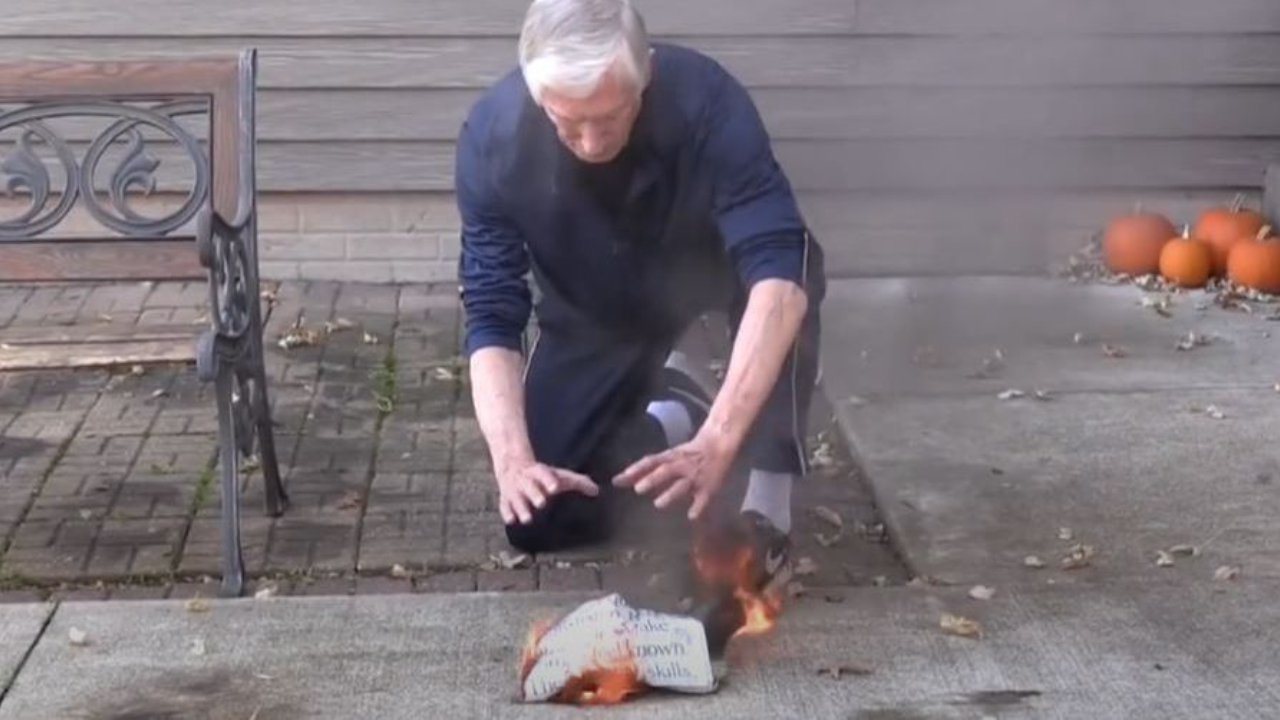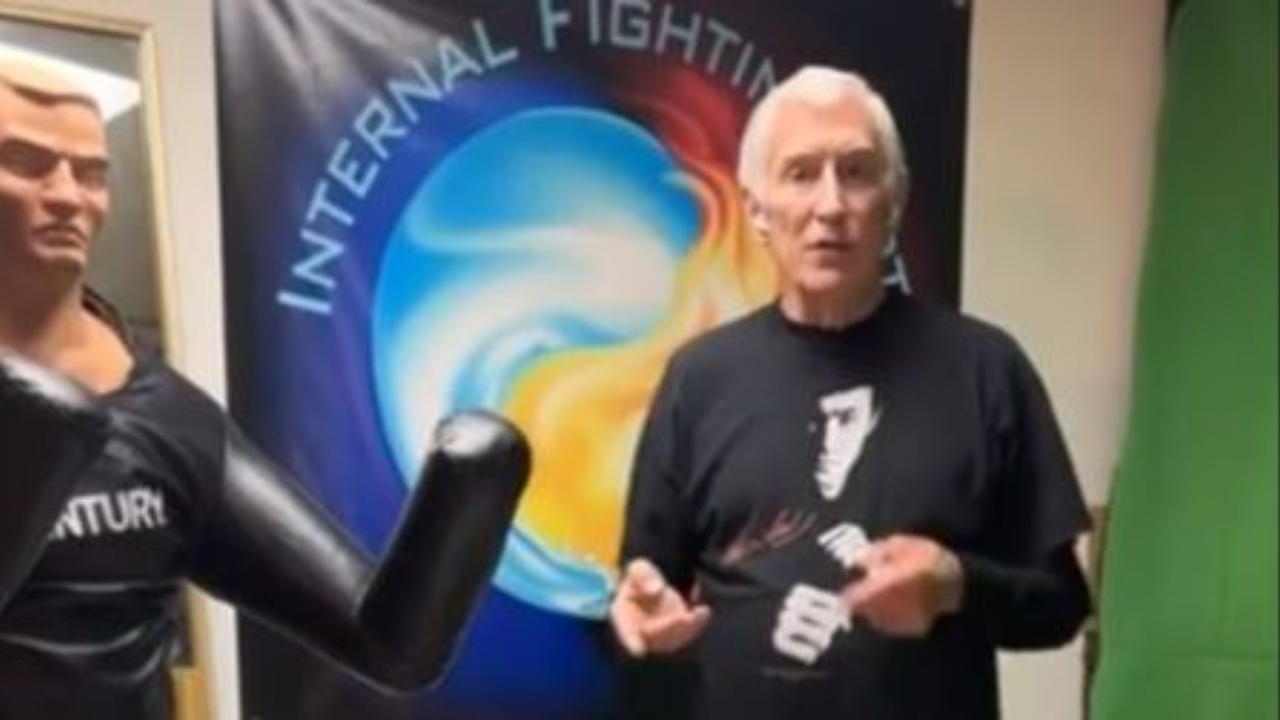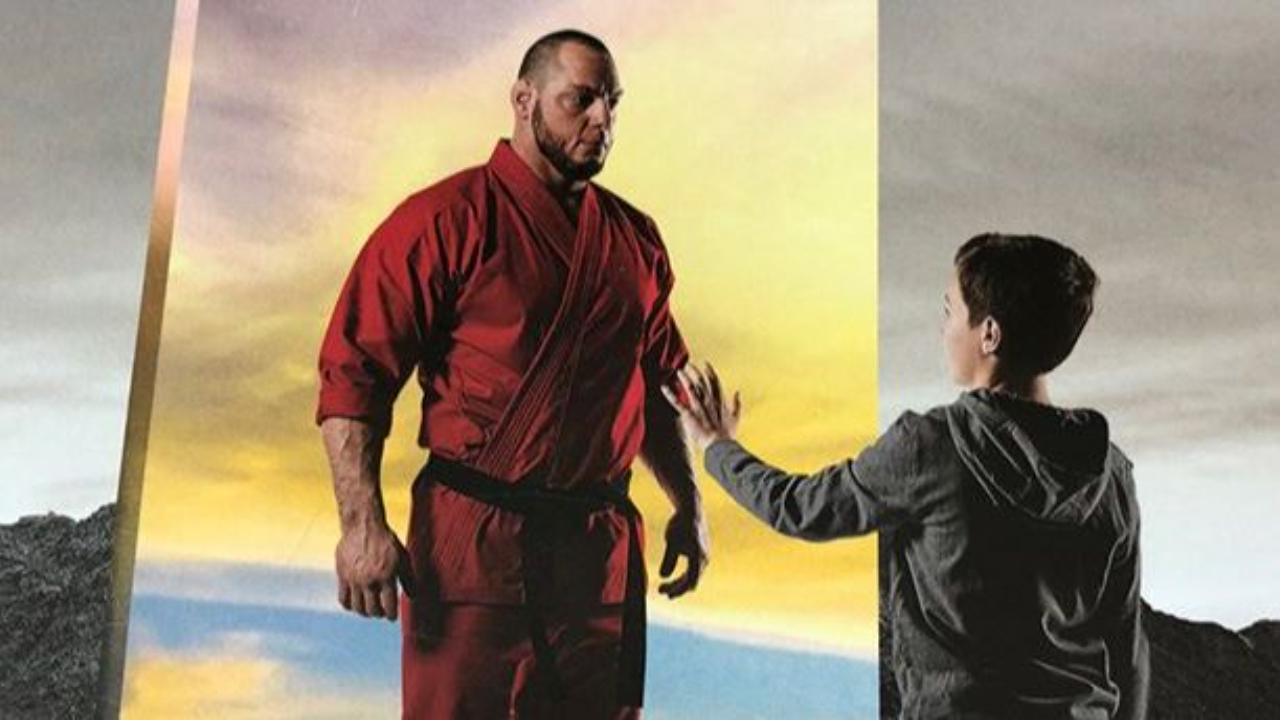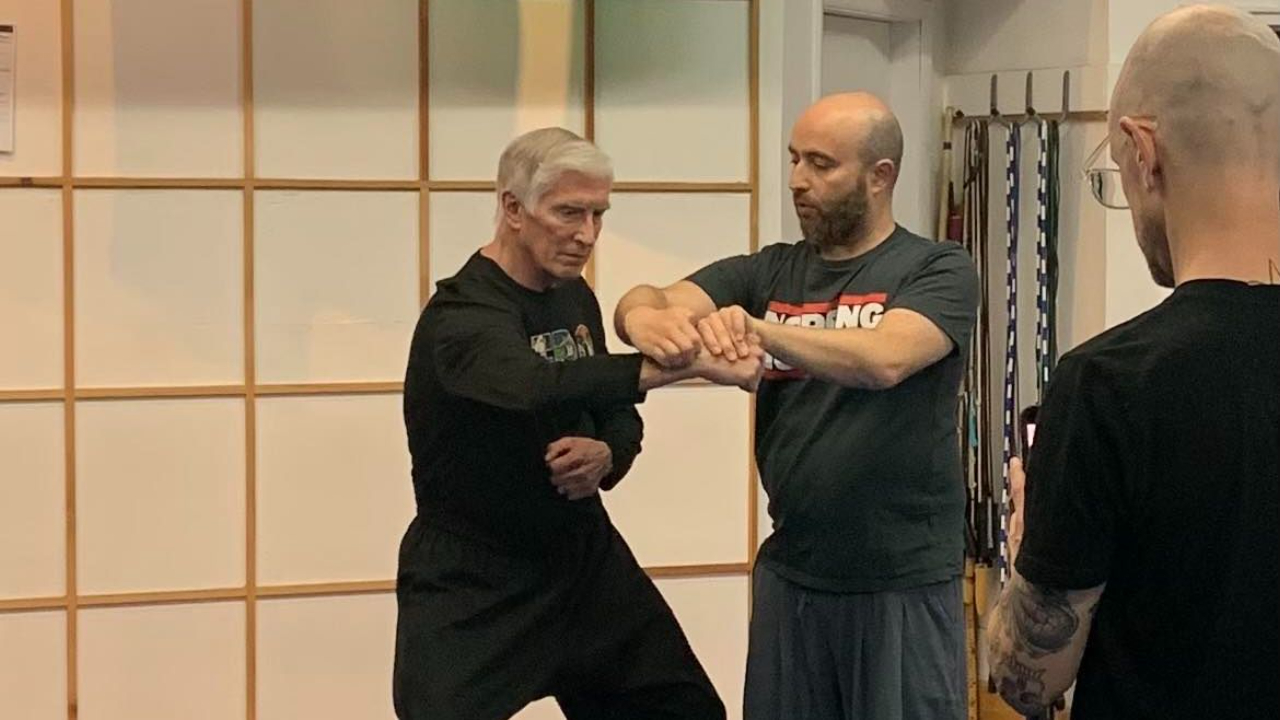How to Be a Chi Master and Ignite Paper with Your Qi Energy

I was listening to a podcast last week when I heard a well-known Tai Chi teacher say there are chi masters in Asia who we have seen ignite paper with their Qi. Some other fantastic claims were made on the interview.
Here is the truth: noboby can ignite paper with their Qi.
Some charlatans pretend they can ignite paper with their Qi.
But it's a trick.
When an adult goes to a magic show, and a magician saws a women in half, and you see the woman's body being separated, and then in a moment the body is reconnected and the woman is walking off the stage, no rational adult walks away telling everyone, "Did you know you can be sawed in half and then you can be reconnected? I saw it happen!"
If you tell them, "Hey, man, that's just a trick," the believer will say, "You just don't understand. You have to open your mind!"
Nobody with an ounce of intelligence says that after seeing a magic show. What they actually say is, "I'd like to know that trick."
However, demonstrate a magic tr...
Setting Tribalism Aside to Learn with Martial Artists of Other Styles

I love it when martial artists of different styles come to my practices. I like to compare notes, concepts and body mechanics with other martial artists. It's also fun to see how Taiji, for example, handles someone from other arts.
Yesterday, my friend and former student Chris Lorenzen came to practice with me, Justin and Colin. Chris is a purple belt in Brazilian Jiu Jitsu and has been training the art with intensity for the past three years, including some success at BJJ tournaments. He was 16 when he was my student (around 2001 and 2022). He was a natural, and won first-place trophies in almost every competition he entered at regional tournaments. And he's one of the nicest guys you'll ever meet.
Before he arrived, we were working on escapes from joint locks. In a self-defense situation, you don't go in with a plan to use chin-na against an opponent, but you should be ready to apply a joint lock when the opportunity arises.
Equally important is to become "sensitive" enough to...
I Began Studying Martial Arts 50 Years Ago This Week

The image above is from my journal on September 4, 1973, the day I took my first martial arts class -- 50 years ago this week. It was the start of the Bruce Lee Kung-Fu Boom. "Enter the Dragon" hit movie theaters a couple of weeks earlier and that was the spark I needed to enroll in a school.
I was a 20-year-old student at Eastern Kentucky University, but I drove to my hometown for the class (about a 40-minute drive) because Sin The (pronounced Sin Tay) was a legend in Lexington. At that time he held classes in a converted garage at Eastland Shopping Center. There were so many people at the first introductory class, we spilled out into the driveway and they had to open the garage door.
It was an exciting time. Kung-Fu was so mysterious and amazing! I was always a good fighter, but the "Kung Fu" TV show and Bruce Lee convinced me to study something that would boost my fighting skills. Nothing was cooler than martial arts.
We were all very naive. The internet didn't exist so we coul...
I Was a Guest on the Kung Fu Conversations Podcast with Owen Schilling and Randel Davis

Owen Schilling and Randel Davis are martial artists and very good people. They are also the guys behind the "Kung Fu Conversations" podcast. They recently had me on as a guest and it turned out to be very good. I have been interviewed several times and I have become tired of my own stories, but Owen and Randel tried to plow some new ground. I hope you enjoy it. Click this link to go to the YouTube verson of the podcast. You can also find the podcast on Spotify. Click this link to open the podcast on Spotify.
Winners Announced for Digital Copies of "Enter the Dragon"

A few weeks ago, Warner Bros. contacted me as they prepared to release the new 4K version of "Enter the Dragon." They asked if I wanted to do a giveaway on my podcast of 10 digital codes. Of course, I enthusiastically said "Yes!"
So in the recent edition of the Internal Fighting Arts podcast I asked listeners to come to this blog and leave comments on what Bruce Lee and "Enter the Dragon" meant to their study of martial arts.
As it turned out, hundreds of people have listened to the podcast but only nine people actually left comments here on the blog.
Those nine people who followed the rules will automatically win a digital code for a copy of "Enter the Dragon." Those nine people are:
** Tom Norio Sakaishi
** Liam Machlin
** Eddie Ooms
** Neil White
** Jim Strother
** Mike Sherlock
** Ernesto Pon
** James Helms
** Jovan Lezaravic
Since the people above followed the rules and left messages on the blog post, they will each get a code. So that means I had one left. Several m...
Enter to Win a Digital Code for the 50th Anniversary Release of Bruce Lee's "Enter the Dragon:" The Internal Fighting Arts Podcast Giveaway

This week, Warner Brothers is releasing a new 4K/Ultra HD version of "Enter the Dragon," Bruce Lee's kung-fu masterpiece that helped launch the Kung-Fu Boom in 1973.
Warner Brothers has given me 10 digital codes to give away to listeners of my Internal Fighting Arts Podcast. Just comment below about what Bruce Lee and/or "Enter the Dragon" means to you. Did it impact your martial arts? Did Bruce Lee inspire you?
You have until the end of the day on August 26, 2023 to make your comment. On Sunday, August 27, we will put the names of everyone who commented in a box and we will draw 10 winners live on my Internal Fighting Arts Facebook page at www.facebook.com/internalfightingarts.
Ten winners will each receive a code and you will be able to watch and download the new 4K/Ultra HD version of "Enter the Dragon."
I saw the movie in a theater when I was a 20-year-old college student. I was blown away. Not only was his movement the most beautiful I had ever seen, but we had never seen te...
Toxic Masculinity and Martial Arts: What Does It Mean to be a Real Man?

"Hey Four Eyes!"
I didn't even have to turn around to know a bully was targeting me.
I turned.
He was obviously older, taller and heavier. Two smaller young tough guys were behind him.
"Yeah, you, pussy."
His two toadies glared at me with looks that said, "You're about to get your butt kicked."
My two younger and smaller cousins, Bobby and Mike (ages 11 and 10) were with me in front of the drugstore in downtown Wilmore, Kentucky. We had just enjoyed a vanilla Coke at the drugstore's fountain and looked at some of the comic books on the spinning wire racks.
The bully saw us when we walked out onto the sidewalk that ran up Main Street. Now he was taunting and following a little too close. "I'm gonna kick your ass."
We walked behind the drugstore and the bully and his buddies followed, his insults growing louder. We found ourselves on a gravel parking lot behind the building.
"Kenny, that's the sheriff's son," my cousin Mike whispered. "He's the town bully. He's 17 YEARS OLD!"
...A Chen Style Taijiquan Workshop with Nabil Ranne in Philadelphia

I spent a few days training with Nabil Ranne in Philadelphia a week ago. I met Nabil through an email exchange in 2020 and interviewed him for my Internal Fighting Arts podcast.
My journey with Chen style Taiji began in 1998 and focused primarily on the Chen Village branch of the art as taught by Chen Xiaowang, Chen Xiaoxing and others. In recent years, I became intrigued by the differences in the Chen Zhaokui/Chen Yu branch in Beijing, so after the interview with Nabil, I did a couple of private lessons with him and then signed up for his online classes.
What impressed me most about Nabil's teaching was the level of detail. And there were differences -- in the shorter stances where feet are parallel most of the time, in the shifting of weight, in the awareness of different jin in each movement, the fullness of the dan t'ien and the coordination of the mingmen, the opening and closing of the chest and back, the folding of the chest and stomach, the closing power in the legs, the gro...
How to Develop the Mindset of a Successful Martial Artist

If you are a martial artist, you are an athlete. You might be going for a yellow belt or trying to learn the next form. You might be preparing to compete in a tournament. It's always nerve-wracking to put yourself on the line and perform in front of other people. When you do any of these things, you are an athlete and your success will be more certain if you develop the mindset of a top athlete.
Top athletes use various mental preparation techniques to optimize their performance during competitions. Here are some common strategies they employ:
-
Goal setting: Athletes set specific, measurable, achievable, realistic, and time-bound goals to help them stay focused and motivated. Don't set unrealistic goals. Your next goal might be to learn the first five movements of a form. Learn them, practice them until you can do them well, and then set your next goal. Perhaps your goal is bigger, such as going for a black belt or black sash. You can achieve it.
-
Visualization: Also known as ...
How to Develop a Body Method in Tai Chi, Xingyi and Bagua

In martial arts, a body method (also known as "body mechanics" or "body structure") refers to the way a practitioner uses their body efficiently and effectively to generate power, maintain balance, and execute techniques. It is a fundamental aspect of martial arts training and involves understanding how different parts of the body work together to produce force, maintain stability, and move fluidly.
Body methods can vary significantly between different martial arts styles and systems. You can even go to different teachers in Taiji and some will have a strong body method and others won't even mention it. The ones who don't mention it usually have weak gongfu. The more a teacher promotes health and "moving" meditation, the lower the quality of their body method, in my humble opinion.
In all sports that require your body to produce force and power, there are specific ways of moving the body most efficiently, although there are a lot of different personal styles of doing that. Look at di...
